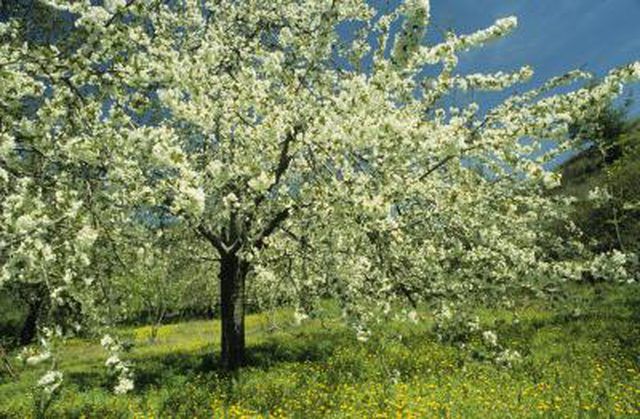Bulbs
Flower Basics
Flower Beds & Specialty Gardens
Flower Garden
Garden Furniture
Garden Gnomes
Garden Seeds
Garden Sheds
Garden Statues
Garden Tools & Supplies
Gardening Basics
Green & Organic
Groundcovers & Vines
Growing Annuals
Growing Basil
Growing Beans
Growing Berries
Growing Blueberries
Growing Cactus
Growing Corn
Growing Cotton
Growing Edibles
Growing Flowers
Growing Garlic
Growing Grapes
Growing Grass
Growing Herbs
Growing Jasmine
Growing Mint
Growing Mushrooms
Orchids
Growing Peanuts
Growing Perennials
Growing Plants
Growing Rosemary
Growing Roses
Growing Strawberries
Growing Sunflowers
Growing Thyme
Growing Tomatoes
Growing Tulips
Growing Vegetables
Herb Basics
Herb Garden
Indoor Growing
Landscaping Basics
Landscaping Patios
Landscaping Plants
Landscaping Shrubs
Landscaping Trees
Landscaping Walks & Pathways
Lawn Basics
Lawn Maintenance
Lawn Mowers
Lawn Ornaments
Lawn Planting
Lawn Tools
Outdoor Growing
Overall Landscape Planning
Pests, Weeds & Problems
Plant Basics
Rock Garden
Rose Garden
Shrubs
Soil
Specialty Gardens
Trees
Vegetable Garden
Yard Maintenance
Poisonous Wild Cherry Trees in North America
Poisonous Wild Cherry Trees in North America. Poisonous wild cherry trees (Prunus serotina) are found throughout North America. Commonly called "black cherry" or "wild cherry," the twigs and leaves of the trees are the source of the poison. Valued for landscape appeal and strong, decorative wood used in manufacturing fine...

Poisonous wild cherry trees (Prunus serotina) are found throughout North America. Commonly called "black cherry" or "wild cherry," the twigs and leaves of the trees are the source of the poison. Valued for landscape appeal and strong, decorative wood used in manufacturing fine furniture, the spring-flowering trees bear fruit that's tasty to forest creatures but bitter and inedible to humans until it's transformed into jellies, wines or other cooked cherry flavorings.
ID the Tree
Wild cherry trees are the largest type of cherry tree, capable of growing to 100 feet with trunks up to 4 feet thick. They have an oval or pyramid shape with branches that hang downward. Leaves are 2 to 5 inches long with bright green leaves that turn yellow to red in the fall.
Preferred Habitat
Hardy in U.S. Department of Agriculture plant hardiness zones 2 to 8, wild cherry trees are deciduous North American natives that thrive in conditions where abundant sun and well-drained soil are available, favoring the eastern woodlands from Minnesota to Texas.
Poisonous Conditions
Wild cherry trees leaves and twigs contain prunasin, a cyanide known prussic acid that when ingested, can be fatal. The poison becomes a threat when the leaves are exposed to stress that causes them to wilt; wilting breaks down the prunasin and releases the cyanide. Cattle and horses are the main victims of poisoning. Symptoms include gasping, weakness, excitement, dilated pupils, spasms, convulsions, coma and respiratory failure.
Special Precautions
Stormy weather that damages trees causes the leaf drop and breakdown that releases prussic acid. Remove fallen leaves as soon as possible where they collect, typically along fence lines where trees are planted as attractive windbreaks. Wear gloves and wash your hands before eating or drinking. Relocate any grazing animals and keep them away until you've cleared the site. Consuming as little as 1.2 to 4.8 pounds of leaves can be fatal.
Natural Predators
Black cherry trees, among the latest of their species to fruit and flower, are prone to several disease and insect problems including leaf spot, powdery mildew, aphids and borers.